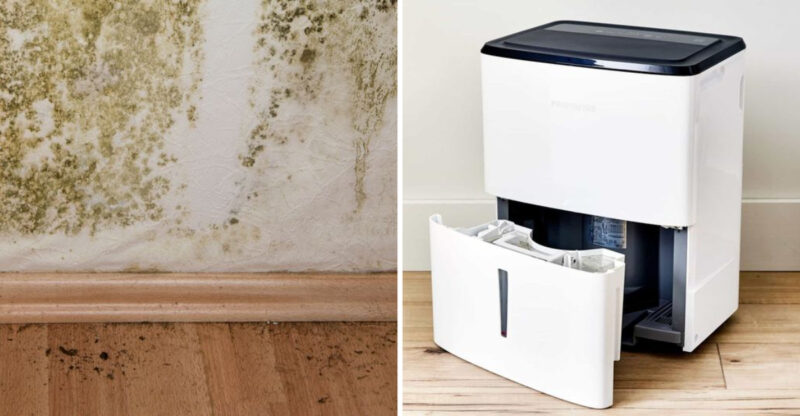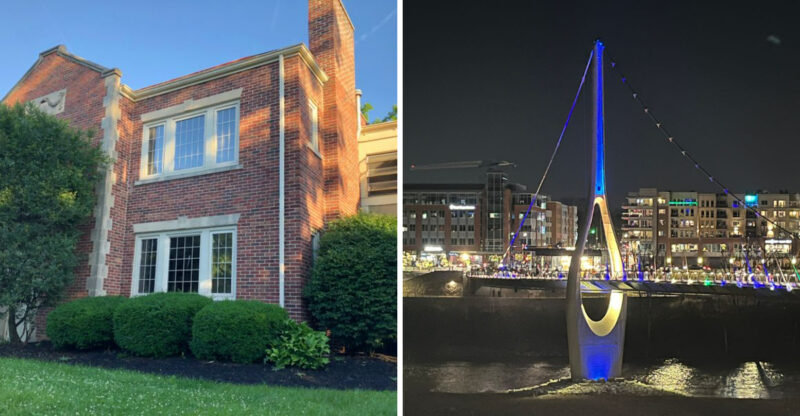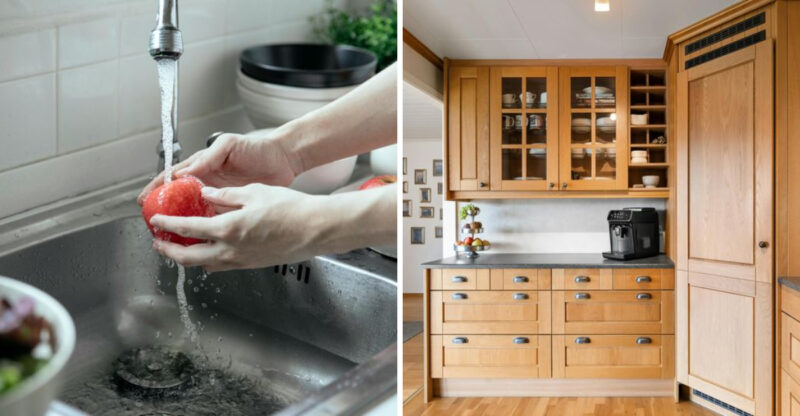Simple Ideas For Creating A More Peaceful Home Environment
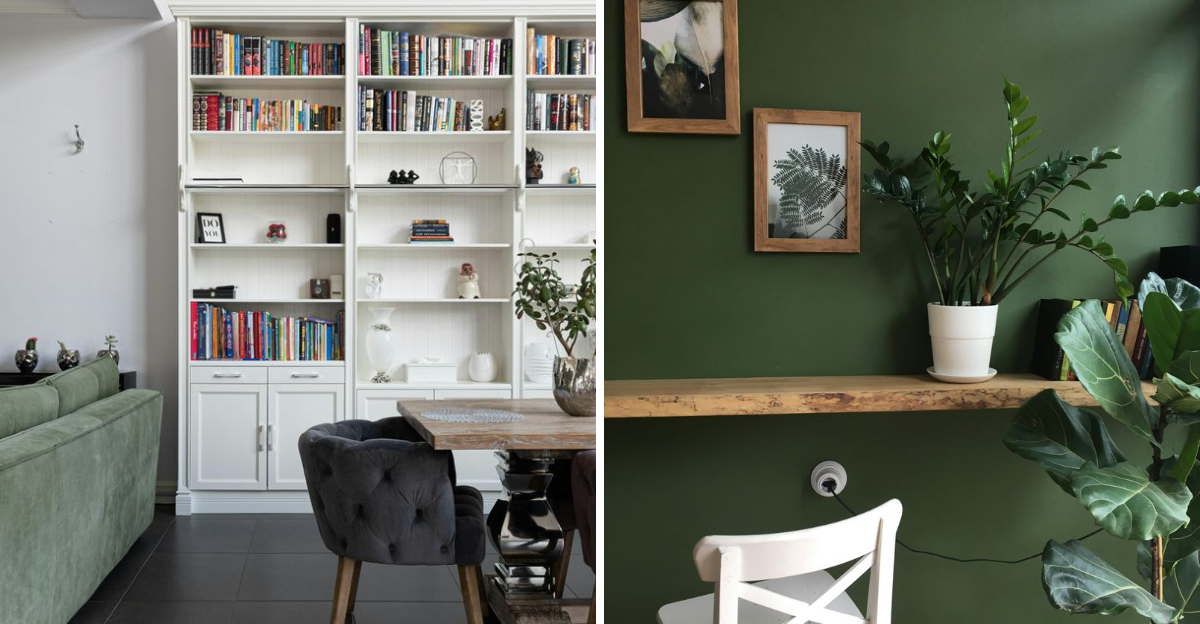
Ever walk into a space and instantly feel at ease? Our homes have a huge impact on how we feel, and small changes can make a big difference in creating that sense of calm.
From rearranging furniture to choosing the right lighting, there are simple, affordable ways to make your home more peaceful without a full remodel. In this article, we’ll explore easy, practical ideas that can help transform your space into a true retreat.
This article draws on commonly recognized principles and general practices in home design and décor. Outcomes and personal experiences may differ depending on factors such as your home’s layout, décor style, and individual preferences.
1. Declutter Your Space

Did you know visual clutter actually triggers stress responses in our brains? I’ve watched clients transform just by clearing their coffee tables.
Messy homes create messy minds! Decluttering doesn’t mean becoming a minimalist overnight. Start with one small area, maybe that drawer stuffed with takeout menus or the entryway table collecting random items. Tackle just 15 minutes daily for noticeable results.
2. Bring Nature Indoors
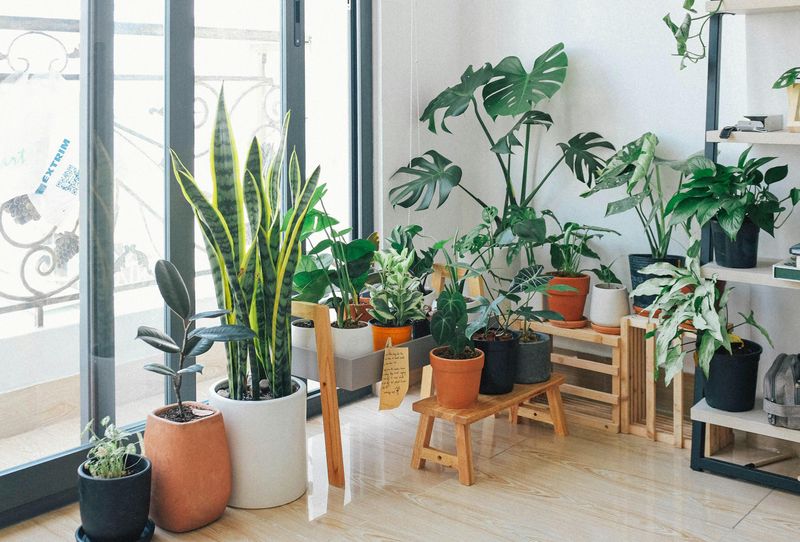
Plants aren’t just pretty decorations – they’re little happiness machines! When I place greenery in client homes, the atmosphere shifts immediately.
Houseplants naturally filter air pollutants while adding life to any room. Low-maintenance options like snake plants or pothos vines thrive even under neglectful plant parents.
Place them near windows for natural growth. Even fresh flowers or a small herb garden on your kitchen windowsill can uplift your mood daily.
3. Create A Sensory Haven

Our noses know more than we realize! Scent bypasses logical thinking and hits our emotional brain directly. I always recommend clients incorporate pleasant aromas throughout their homes.
Try essential oil diffusers with lavender or chamomile in bedrooms for better sleep. Simmer cinnamon sticks and orange peels on the stove for an instant mood lift.
Even switching to naturally scented cleaning products can transform your space into a sensory sanctuary without chemical overload.
4. Design A Tech-Free Zone
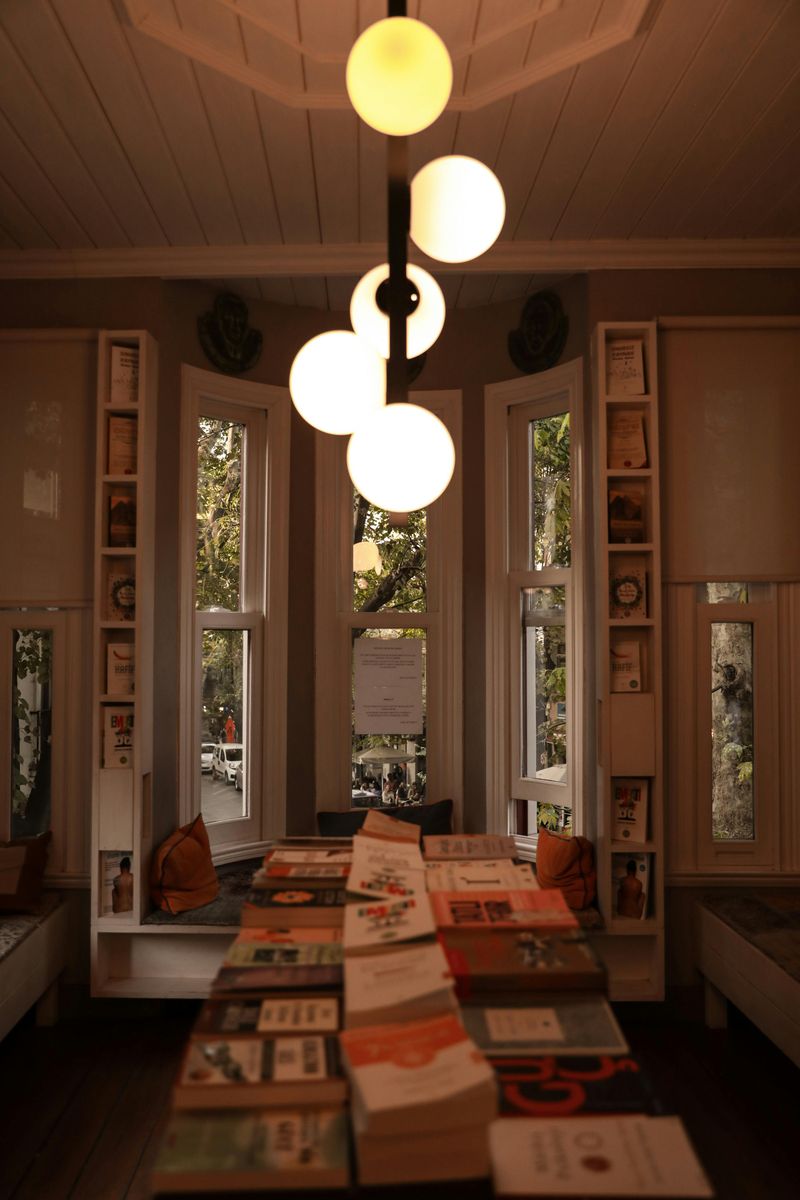
Where can you escape the endless notifications in your home? Creating tech-free zones has become my signature recommendation for stressed-out clients.
Our brains desperately need breaks from digital stimulation. Designate at least one area, perhaps your dining table or reading nook, as completely device-free.
Remove charging stations from bedrooms to improve sleep quality. Many families implement a “tech basket” where phones rest during meals or family time, allowing genuine connection.
5. Soften Your Lighting
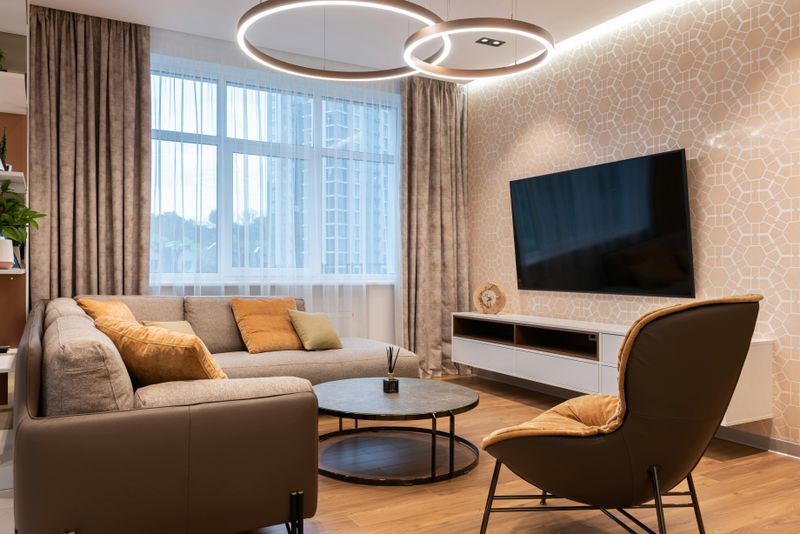
Harsh overhead lighting makes even supermodels look tired! Lighting dramatically affects our mood and energy levels. I’ve transformed anxious spaces into calm retreats just by changing bulbs.
Replace cool white bulbs with warm ones (look for 2700-3000K on packaging). Add table lamps with fabric shades for soft, diffused light. String lights aren’t just for dorms, they create a magical ambiance in any space. Consider dimmer switches for customizable lighting that shifts with your needs.
6. Incorporate Soothing Colors
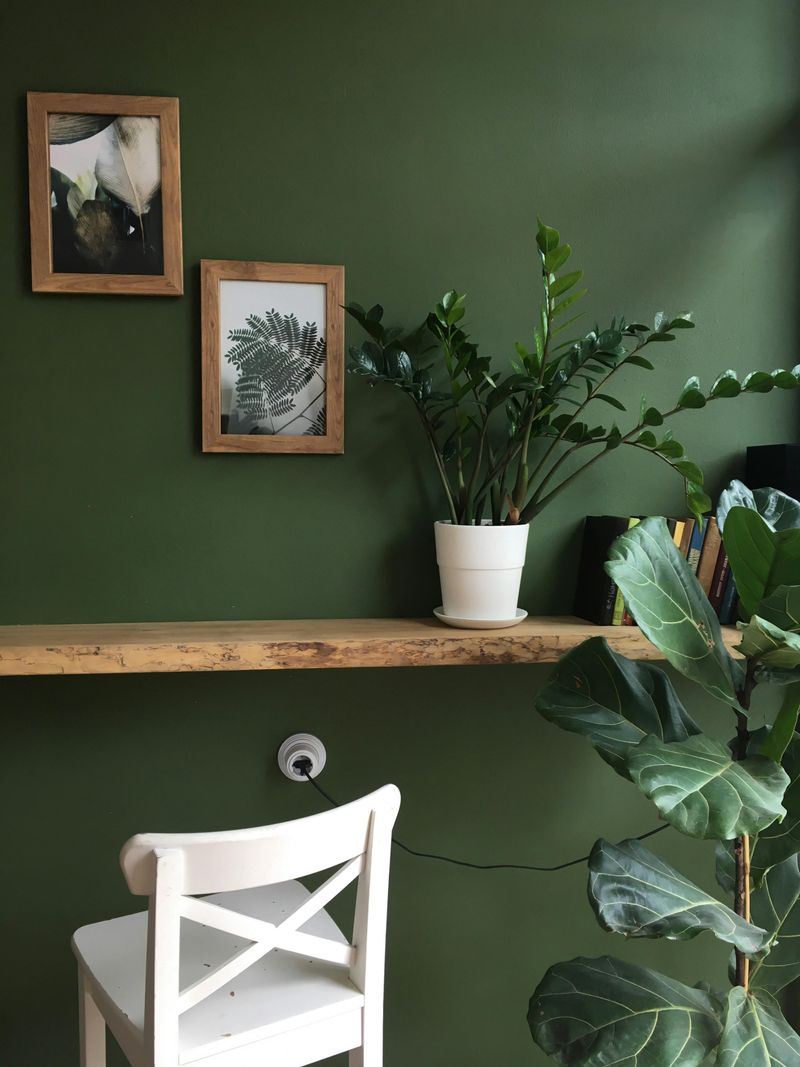
Color psychology isn’t just designer mumbo-jumbo, it’s science! Blues and greens actually lower blood pressure and heart rate.
I’ve watched clients physically relax when entering newly painted rooms. You needn’t repaint entirely. Add blue throw pillows or green plants for instant calm.
Neutral tones like soft grays and warm beiges create perfect backdrops for relaxation. Even changing your bedding to cooler colors can transform your sleep experience and morning mood.
7. Cultivate An Indoor Herb Garden
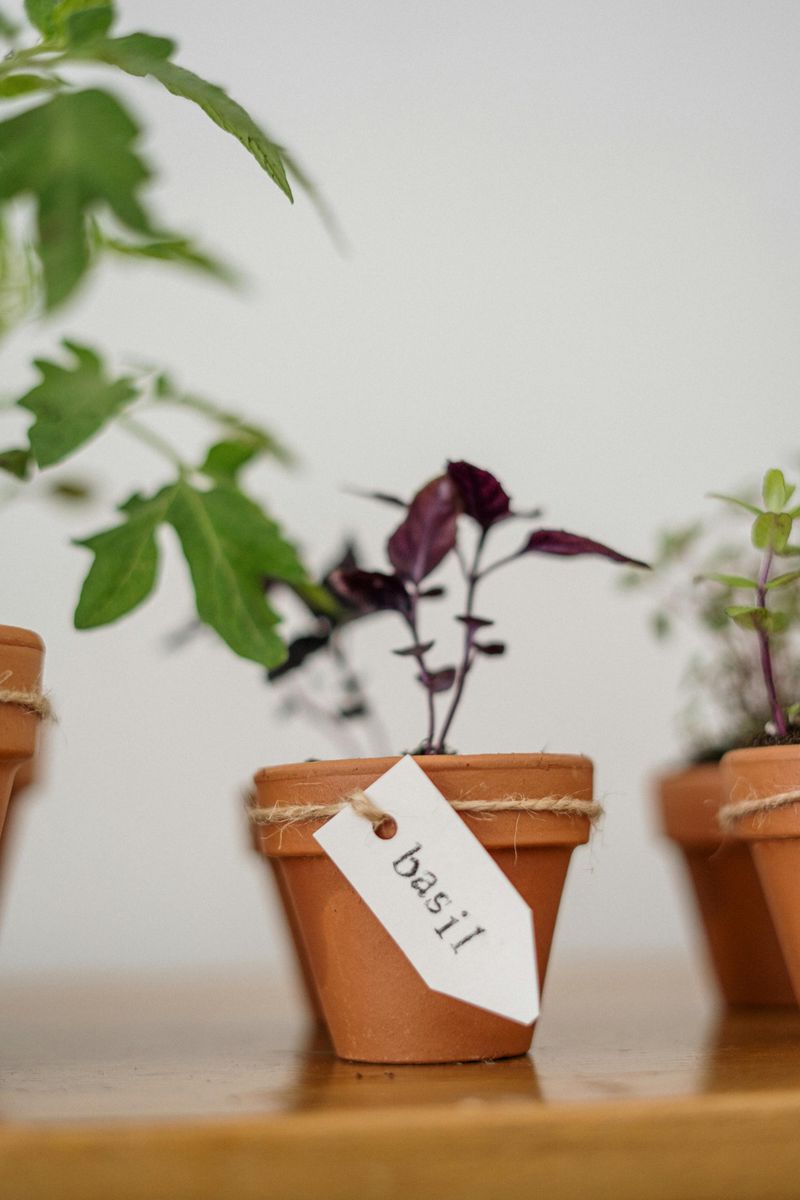
With minimal effort, you can bring the freshness of nature indoors by cultivating an indoor herb garden. Place pots of basil, mint, or rosemary on your kitchen windowsill to add greenery and aroma.
These herbs not only enhance the visual appeal but also provide fresh ingredients for your cooking, making your home smell delightful. It’s a small garden that offers peace in growth and flavor.
8. Curate Meaningful Objects
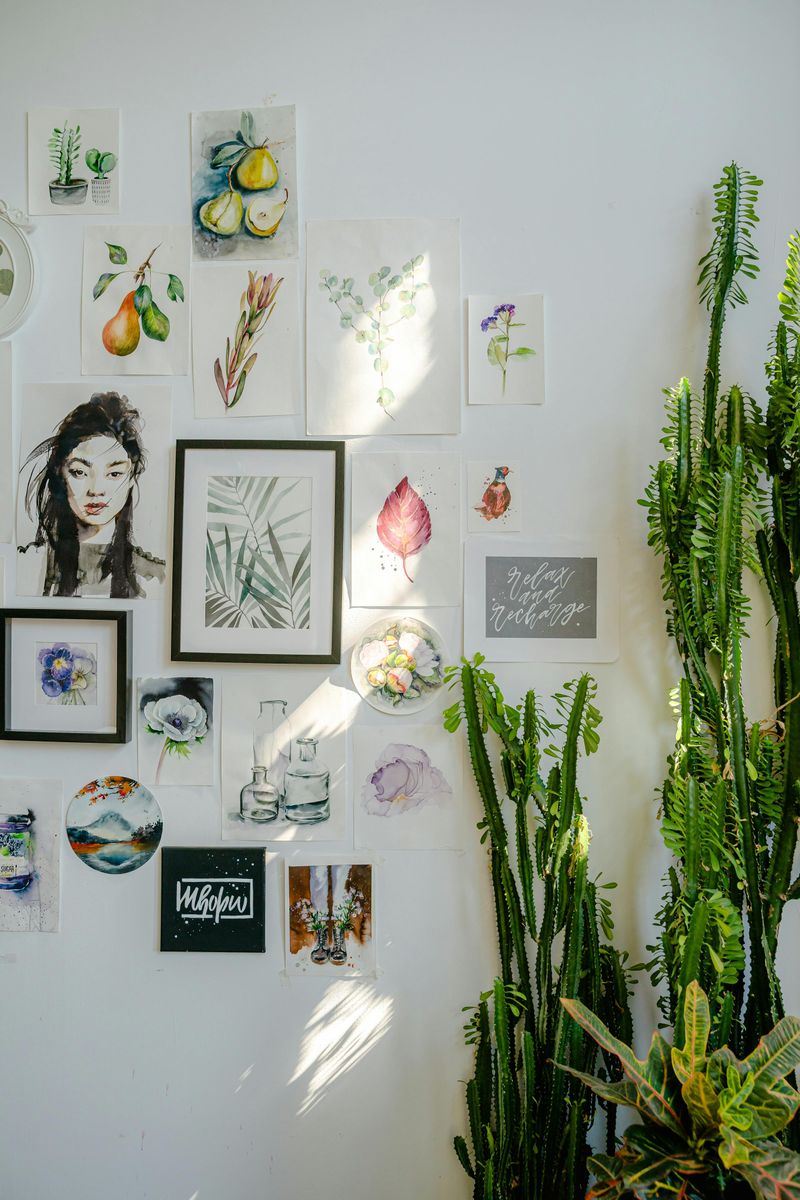
Though I preach decluttering, I’m no minimalism tyrant! Surrounding yourself with meaningful items creates a home that tells your story.
Each thoughtfully chosen object should spark joy or serve a purpose. Display family photos that make you smile, not obligatory formal portraits.
Showcase travel souvenirs that transport you back to happy memories. Hang artwork that speaks to your soul. These personal touches transform sterile spaces into sanctuaries that reflect and support your authentic self.
9. Create Acoustic Comfort
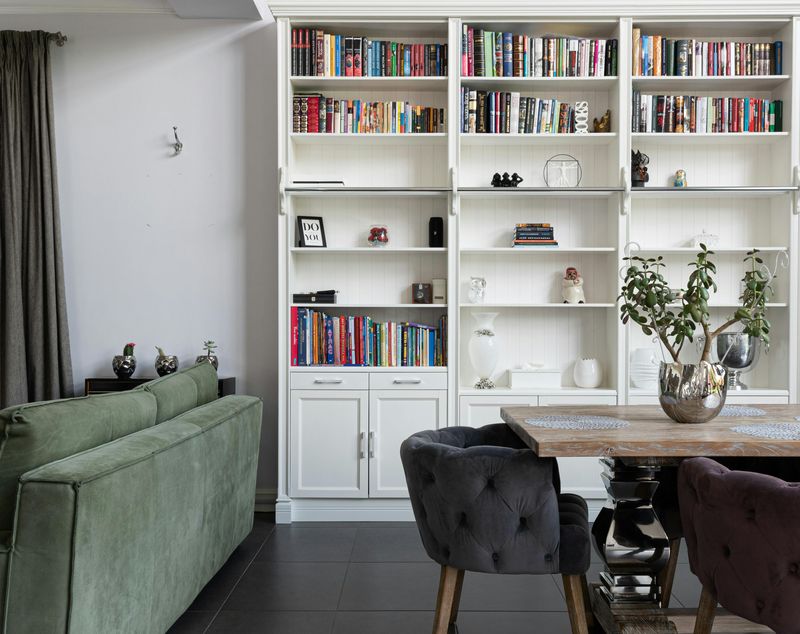
Noise pollution isn’t just annoying, it triggers our fight-or-flight response! I often find clients don’t realize how sound affects their wellbeing until we address it.
Acoustic comfort transforms living experiences dramatically. Add soft textiles like rugs, curtains, and upholstered furniture to absorb sound waves.
White noise machines mask disruptive sounds during sleep or work. Consider sound-dampening panels disguised as artwork for particularly noisy areas. Even strategically placed bookshelves can buffer sound between rooms.
10. Designate Sacred Space
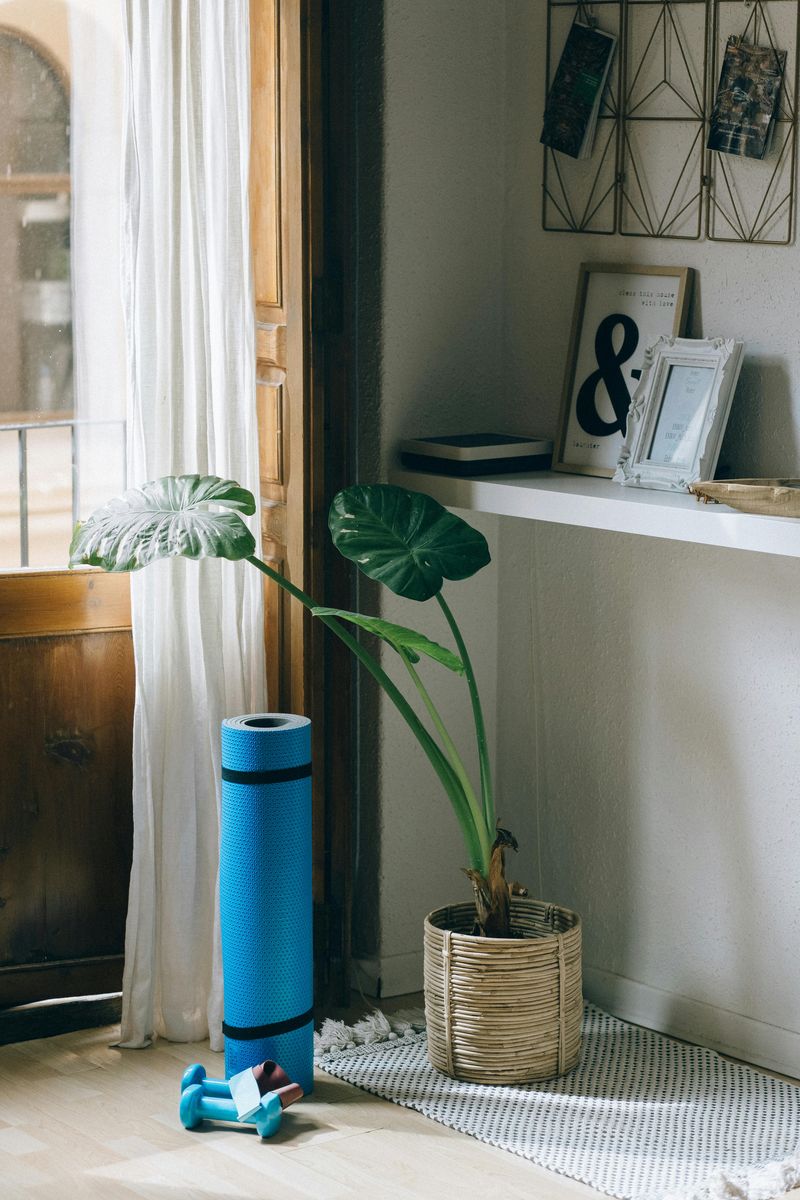
Everyone needs a sanctuary spot! Whether you live in a mansion or studio apartment, carving out a dedicated relaxation zone works wonders.
I’ve created meditation corners in closets and reading nooks in hallways. Your sacred space might be a comfy chair by a window or a cushion in a quiet corner.
Stock it with items supporting relaxation, perhaps books, journals, or comfort objects. This designated area becomes a visual reminder to pause and recharge, signaling to your brain it’s time to shift into relaxation mode.

